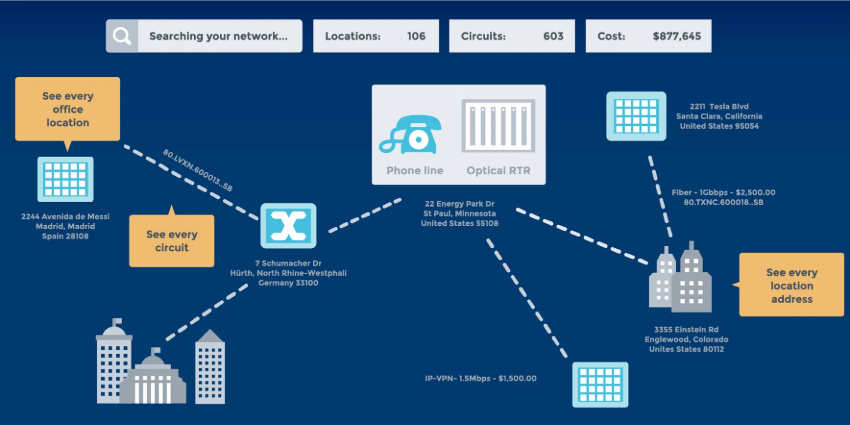Launched early this year, ITIL 4 reflects recent trends in software development and IT operations, providing an updated framework to bring philosophies such as Agile, DevOps, and Lean to the domain of service management. True to the original philosophy, ITIL 4 aligns IT services to serve the customer experience. But everyone in the IT engine-room must speak the same language if ITIL is to fulfil its potential.
Let’s look closer at Unified Communications to get a picture of ITIL at work. Generation Z-ers are spoilt for choice, driving up their expectations of brand experiences. No one sticks around for average experiences when so many shiny new options abound. Opinions are formed from a braided stream of interactions between customers and brands. Broadly categorised as customer experience (CX), each positive interaction adds to the balance in the customer’s bank of goodwill. However, bad CX results in a withdrawal – and when the bank of goodwill is overdrawn, customers walk out the door.
Here’s one example from the UC stable – voice, considered by many to be the latest UI. Despite the digitisation of communication in the form of emails, text messages, and online chat, voice remains a critically important real-time channel, preferred by people in the moments when big decisions are made.
Nothing frustrates customers more than having to repeat themselves or deal with a poor quality interaction. It can be the last straw in a strained relationship.
Technically, real-time interactions, such as voice, challenge IP networks, which are inherently not real-time. When problems start to occur those in the service management game without a framework tend to get stuck in the ‘UC circle of death’. The voice team looks into it and can’t see anything wrong with their applications, so they point to the network. Network engineers scratch their heads and point fingers at server infrastructure, or maybe back at the application team. Round and round we go. In the meantime, tempers rise, customers give up and the brand takes a hit.
ITIL processes lend themselves to UC because they unite disparate IT groups, using standardised processes and reporting to ensure everyone speaks the same language. So network engineers understand the language of the voice team, the infrastructure team, the application team, and so on.
Despite the gradual disappearance of hardware from UC platforms, there’s an awful lot going on under the hood – in fact probably more than ever before. Take our voice quality example. Typically, when trouble brews, attention turns to real time streams and control protocols. That’s a job that requires human eyes to nominate fixes. But there’s so much more that impacts voice quality – and it’s mostly out of sight. Are underlying software and hardware compatible? Have manufacturer recommended patches and upgrades been rolled out? Is the Quality of Service configuration complete, and aligned with network settings? Have both sides of Ethernet connections negotiated correctly? Are there sufficient media resources? So on and so forth.
Our own cloud-native service management application, VSM collects over 12 billion UC interaction data points every month, and this data shows that the vast majority of problems actually reside deep down in the engine bay – think capacity, configuration and release management. VSM’s analysis shows the majority of calls had issues below the waterline that need to be resolved by the UC team before involving the network engineers. Worse still, evaluation of the good calls showed an even higher degree of the same type of issues – only lack of contestability on the network stands between those calls and brand damage. So for many brands there’s a time-bomb waiting to go off.
Those with an ITIL service management framework and supporting systems are much better placed to process the mountains of data and perform analytics that prevent issues from arising in the first place. Modern UC Service Management systems, like VSM, use AI to automate the heavy lifting behind data analysis to ultimately convert data to knowledge – and value. The result, improved quality of interaction, increased uptime and a UC technology platform that ultimately contributes towards building the brand.
Guest Blog by Ross Williams, COO, Virsae
Virsae keeps business communications at peak performance. Watch this short video for an overview of VSM’s ITIL service management framework.







